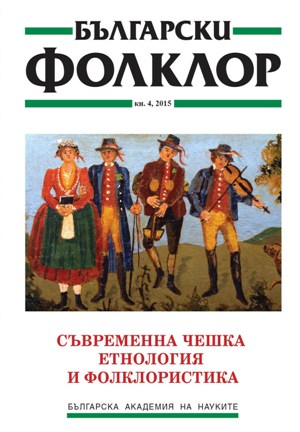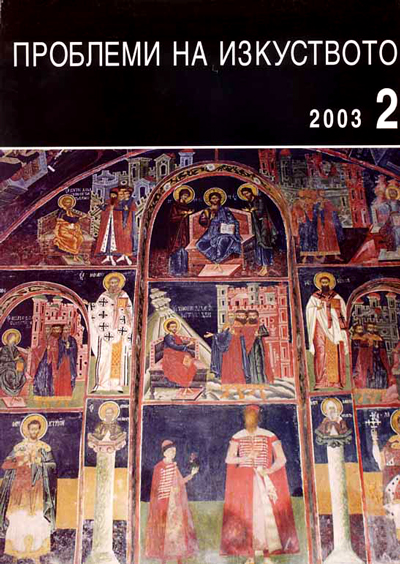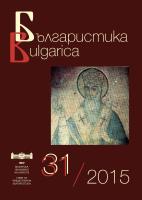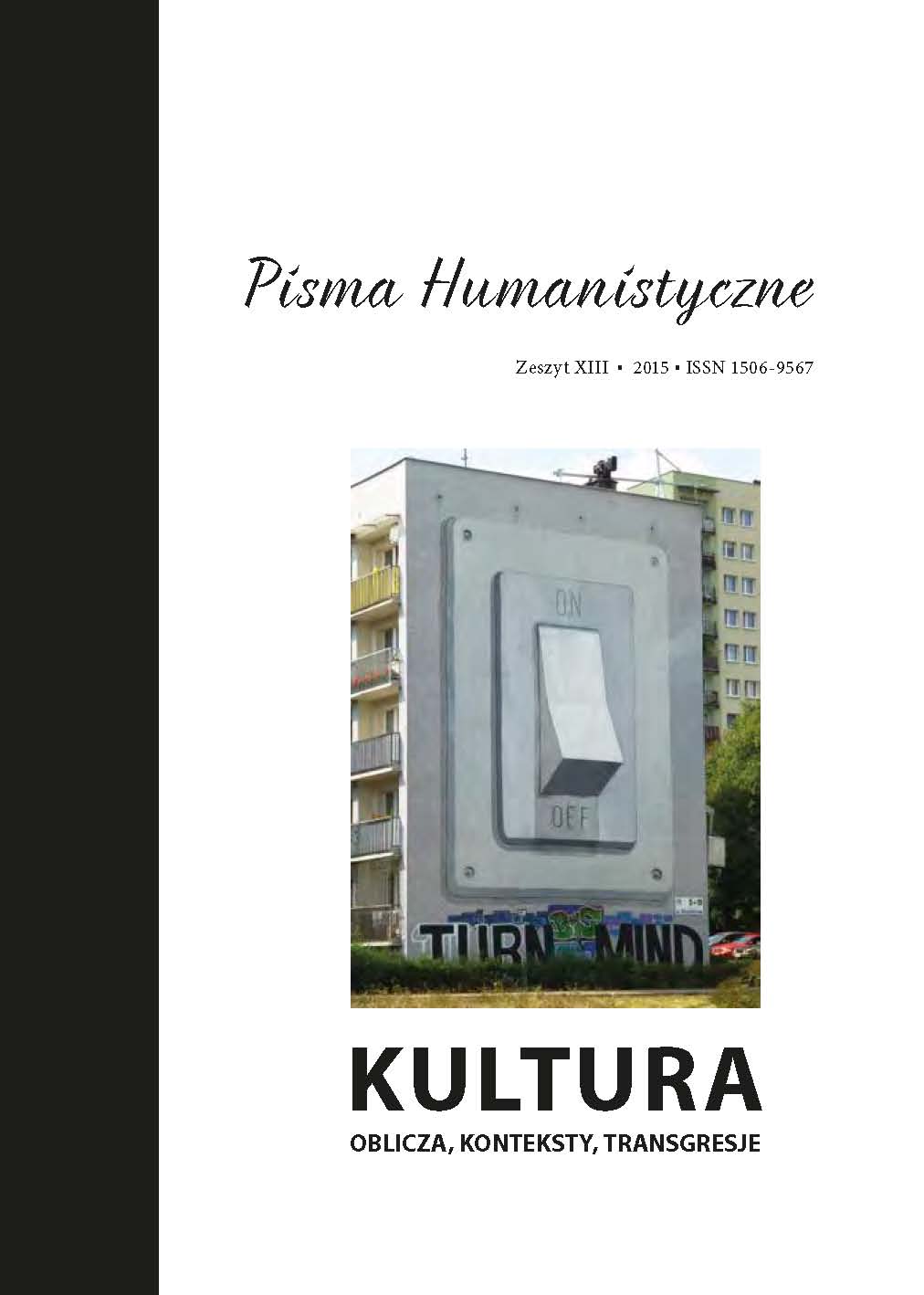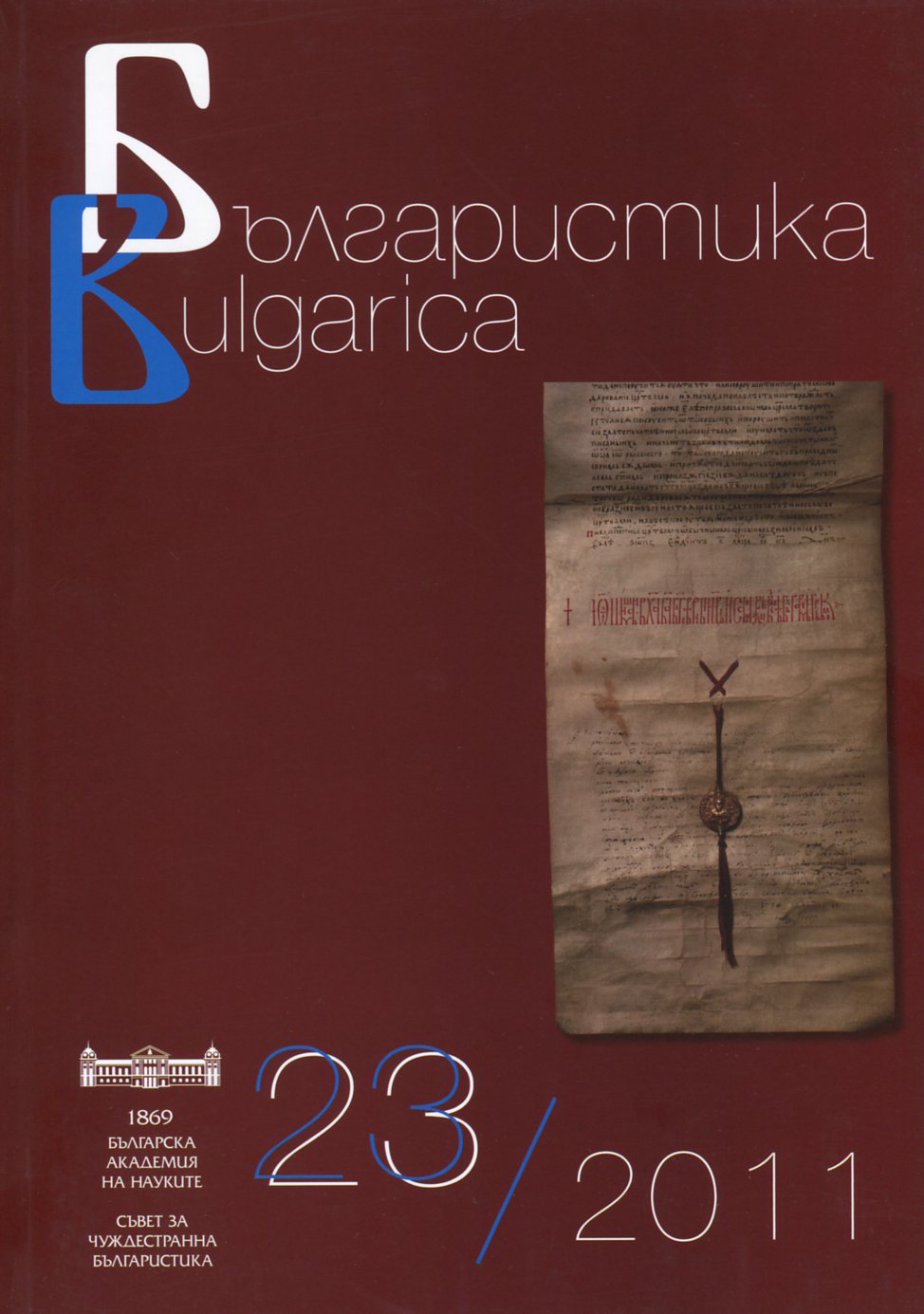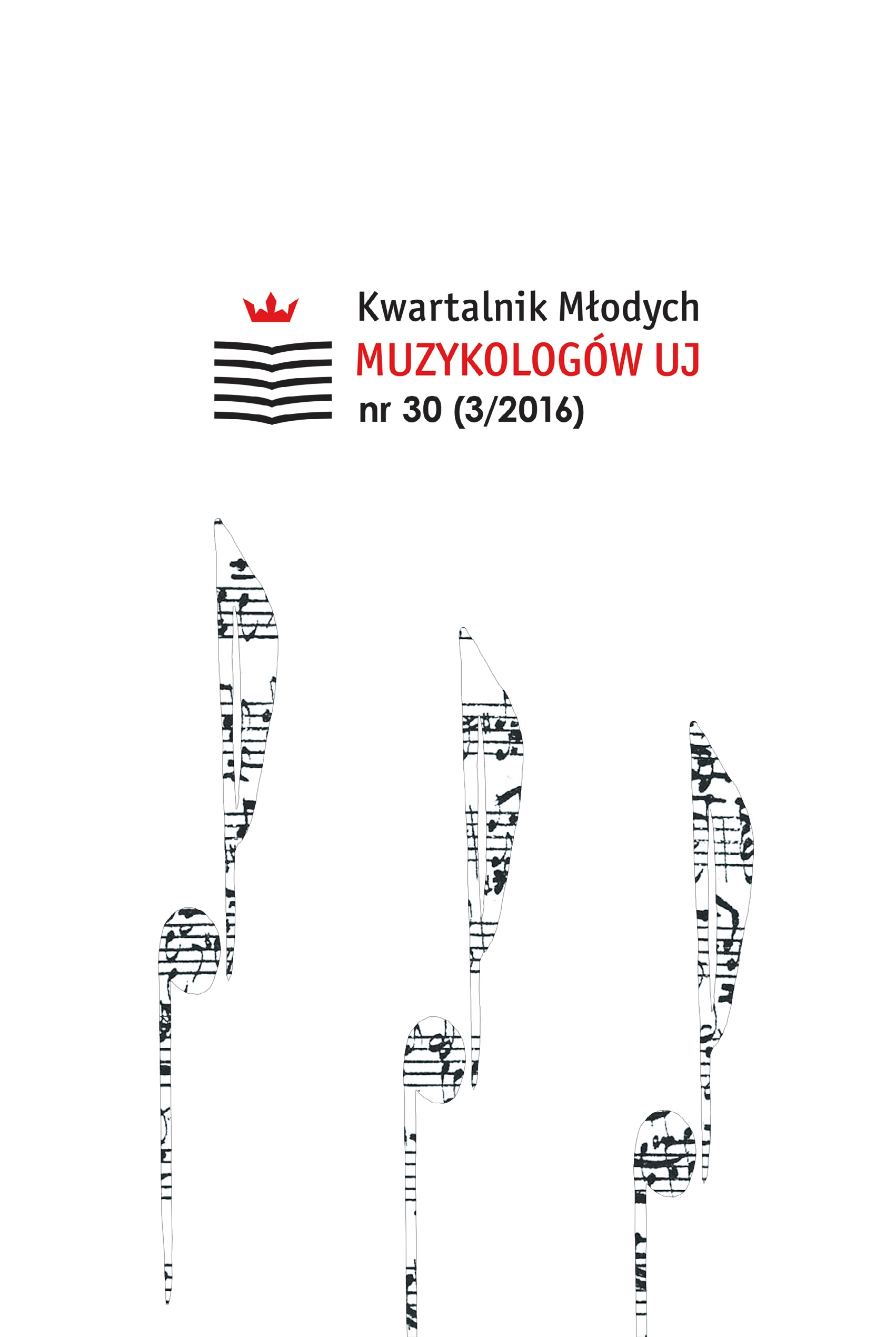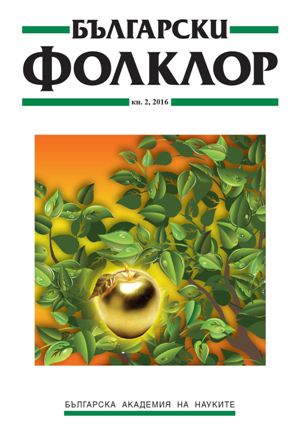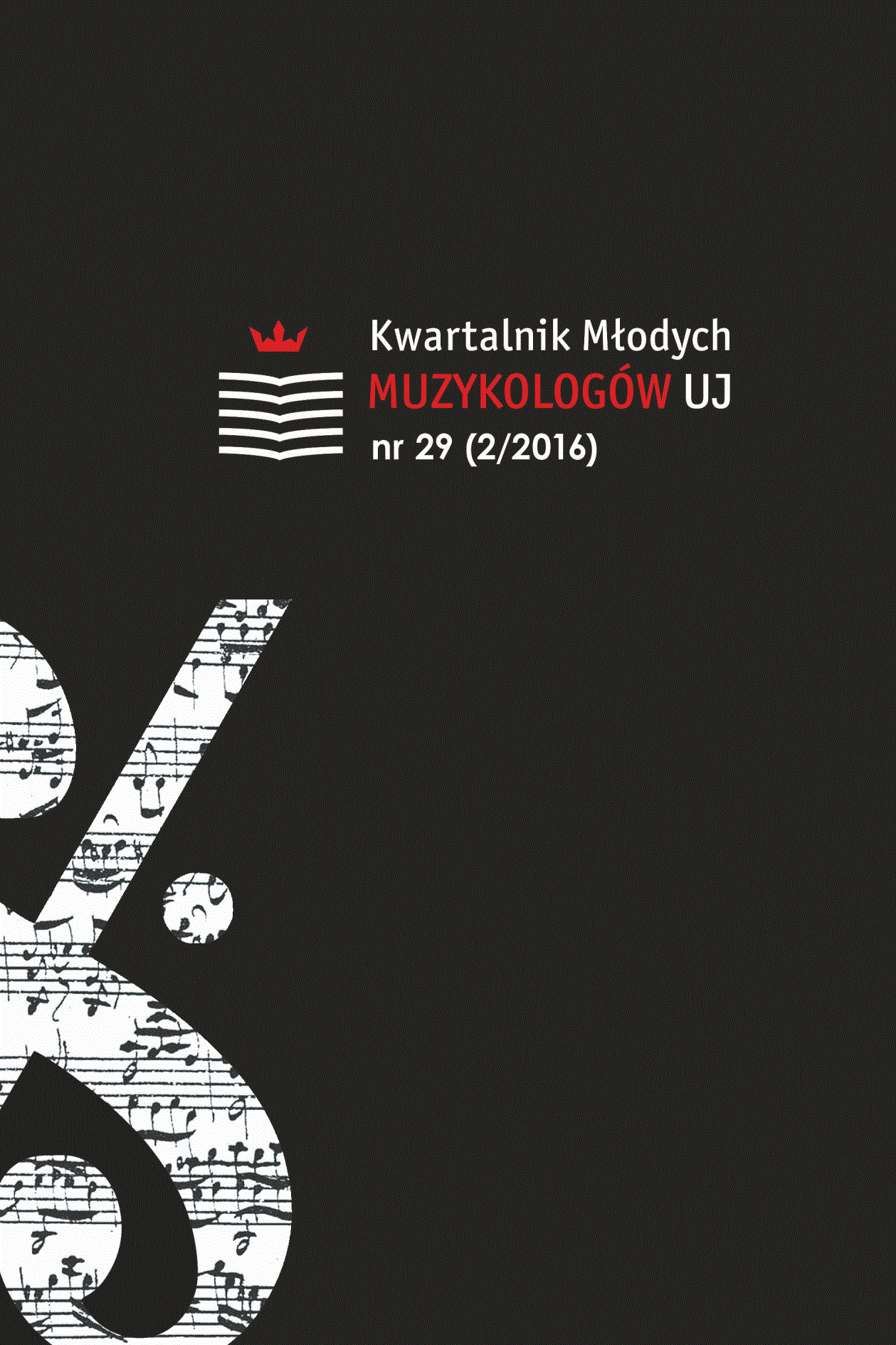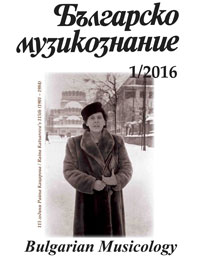
Райна Кацарова: слънчевата дама на българската етномузикология и етнохореология
Raina Katsarova’s work is of an intrinsic value to the establishing and the development of Bulgarian ethnomusicology and ethnochoreology. She was a renowned Bulgarian researcher in the 1920s, but also through the 1980s, an authoritative champion of collecting and preserving traditional lore in the form of tens of thousands of Bulgarian folk songs. This study systematises biographical data of Raina Katsarova’s life, integrating various voices in one story and offering a general rethinking of her personality and activities. The events and the facts interpreted in this statement have been selected from various in terms of their size, genre and content source material: a variety of published sources (Raina Katsarova’s publications; other publications related to her life, personality and career; interviews with her; Raina Katsarova’s memories), archive material (fieldwork notebooks, diaries, photos, letters, etc.), talks with her nearest and dearest. Biographical research method was applied as a rewarding scientific strategy and a tool of representing the fluid dynamics of life, of providing an insight into her figure and work and of the unique historical significance of Raina Katsarova to the domains of ethnomusicology and ethnochoreology. The systematic arranging of the selected facts and materials is grouped in the following thematic lines: 1). A timeline of her life in a chronological narrative of facts and events, stages and processes; 2) A brief overview of her major studies and achievements; 3). The essence of her fieldwork; 4) Her contribution to the creation of an ethnomusicological environment at the National Ethnographic Museum and BAS.
More...
